行業資訊
冷再生機作為路面養護與再生施工的關鍵設備,其刨土深度的精準調節直接影響施工質量與材料利用率。在租賃設備進行路基處理、舊路面翻新等作業時,操作人員需根據施工要求、路面結構及材料特性靈活調整深度,既要保證銑刨徹底,又要避免過度切削損傷基層。以下從調節原理、操作步驟、工況適配及注意事項四個維度,解析冷再生機刨土深度的調節要點。
As a key equipment for road maintenance and regeneration construction, the precise adjustment of the digging depth of the cold recycling machine directly affects the construction quality and material utilization rate. When leasing equipment for roadbed treatment, old pavement renovation and other operations, operators need to flexibly adjust the depth according to construction requirements, pavement structure and material characteristics, ensuring thorough milling and avoiding excessive cutting damage to the base layer. The following analyzes the key points for adjusting the soil depth of a cold recycling machine from four dimensions: adjustment principle, operation steps, working condition adaptation, and precautions.
調節系統的基本構成與原理
Basic composition and principle of regulating system
冷再生機的刨土深度調節依賴機械與液壓協同系統,核心組件包括深度調節桿、限位裝置、液壓油缸及銑刨鼓高度傳感器。液壓油缸通過伸縮控制銑刨鼓的升降,進而改變刀具與地面的相對距離,這一距離即為實際刨土深度。現代冷再生機多配備電子控制系統,在操作面板上可實時顯示當前深度值(精度達 ±5mm),部分設備還支持預設深度記憶功能,便于同一標段內保持一致的切削標準。
The depth adjustment of the cold recycling machine relies on a mechanical and hydraulic collaborative system, with core components including a depth adjustment rod, limit device, hydraulic cylinder, and milling drum height sensor. The hydraulic cylinder controls the lifting and lowering of the milling drum through expansion and contraction, thereby changing the relative distance between the tool and the ground, which is the actual depth of soil excavation. Modern cold recycling machines are often equipped with electronic control systems, which can display the current depth value in real-time on the operation panel (with an accuracy of ± 5mm). Some devices also support preset depth memory function, making it easy to maintain consistent cutting standards within the same section.
深度調節的機械限位裝置是安全保障的關鍵。當調節深度超過設備設計上限(通常為 300mm)時,限位螺栓會觸發機械鎖止,防止油缸過度伸縮導致結構損壞。而銑刨鼓的轉速與深度存在聯動關系,深度增加時需相應降低轉速(從 200r/min 降至 150r/min),以避免刀具負荷過大引發悶車,這一匹配邏輯需在調節過程中同步考量。
The mechanical limit device for deep adjustment is the key to safety assurance. When the adjustment depth exceeds the upper limit of the equipment design (usually 300mm), the limit bolt will trigger mechanical locking to prevent excessive expansion and contraction of the oil cylinder from causing structural damage. There is a linkage between the speed and depth of the milling drum, and when the depth increases, the speed needs to be correspondingly reduced (from 200r/min to 150r/min) to avoid tool overload causing stuffiness. This matching logic needs to be considered synchronously during the adjustment process.
標準調節步驟與參數設定
Standard adjustment steps and parameter settings
租賃冷再生機后,首次調節需進行基準校準。先將設備停放在平整的硬化路面,啟動液壓系統使銑刨鼓緩慢接觸地面,當刀具剛觸碰到路面時,在操作面板上將此時的深度值設為 “0 點”,作為后續調節的基準。校準完成后,根據施工圖紙要求的深度值(如 100mm),通過調節桿逐步提升或下降銑刨鼓,每次調整幅度不宜超過 20mm,待液壓系統穩定后(約 3-5 秒)再確認顯示深度,反復微調至精準數值。
After leasing the cold regeneration machine, the first adjustment requires benchmark calibration. First, park the equipment on a flat and hardened road surface, activate the hydraulic system to slowly make the milling drum touch the ground. When the tool just touches the road surface, set the depth value at this time as "0 point" on the operation panel as the reference for subsequent adjustments. After calibration is completed, according to the depth value required by the construction drawings (such as 100mm), gradually raise or lower the milling drum by adjusting the rod. The adjustment amplitude should not exceed 20mm each time. After the hydraulic system stabilizes (about 3-5 seconds), confirm the displayed depth and repeatedly adjust it to the precise value.
實際作業前需進行試刨驗證。在施工段起點選取 10 米長的試驗區域,按設定深度進行試銑,停機后用卷尺測量實際切削深度,對比面板顯示值,若偏差超過 10mm,需通過控制系統的校準功能修正。試刨過程中同時觀察銑刨料的粒徑與均勻性,若出現大塊未破碎材料,可能是深度調節過大導致刀具負荷不足,需適當減小深度或提高刀具轉速。
Before actual homework, a trial planing verification is required. Select a 10 meter long test area at the starting point of the construction section, conduct trial milling according to the set depth, measure the actual cutting depth with a tape measure after stopping the machine, and compare the displayed values on the panel. If the deviation exceeds 10mm, it needs to be corrected through the calibration function of the control system. During the trial planing process, observe the particle size and uniformity of the milled material simultaneously. If large pieces of unbroken material appear, it may be due to insufficient tool load caused by excessive depth adjustment. It is necessary to reduce the depth or increase the tool speed appropriately.
對于連續作業中的深度調整,需遵循 “漸進式” 原則。當從舊路面過渡到新路基時,應從初始深度開始,每前進 5 米增加 5-10mm 深度,直至達到目標值,避免突然加深導致設備振動加劇。遇到路面結構變化(如從瀝青層切入水泥穩定層),需提前 5 米開始逐步調整,確保切削界面平滑過渡。
For depth adjustment in continuous assignments, the principle of "gradual" should be followed. When transitioning from the old road surface to the new roadbed, the depth should be increased by 5-10mm every 5 meters from the initial depth until the target value is reached, to avoid sudden deepening that may exacerbate equipment vibration. When encountering changes in road surface structure (such as cutting from asphalt layer to cement stabilized layer), it is necessary to start adjusting gradually 5 meters in advance to ensure a smooth transition of the cutting interface.
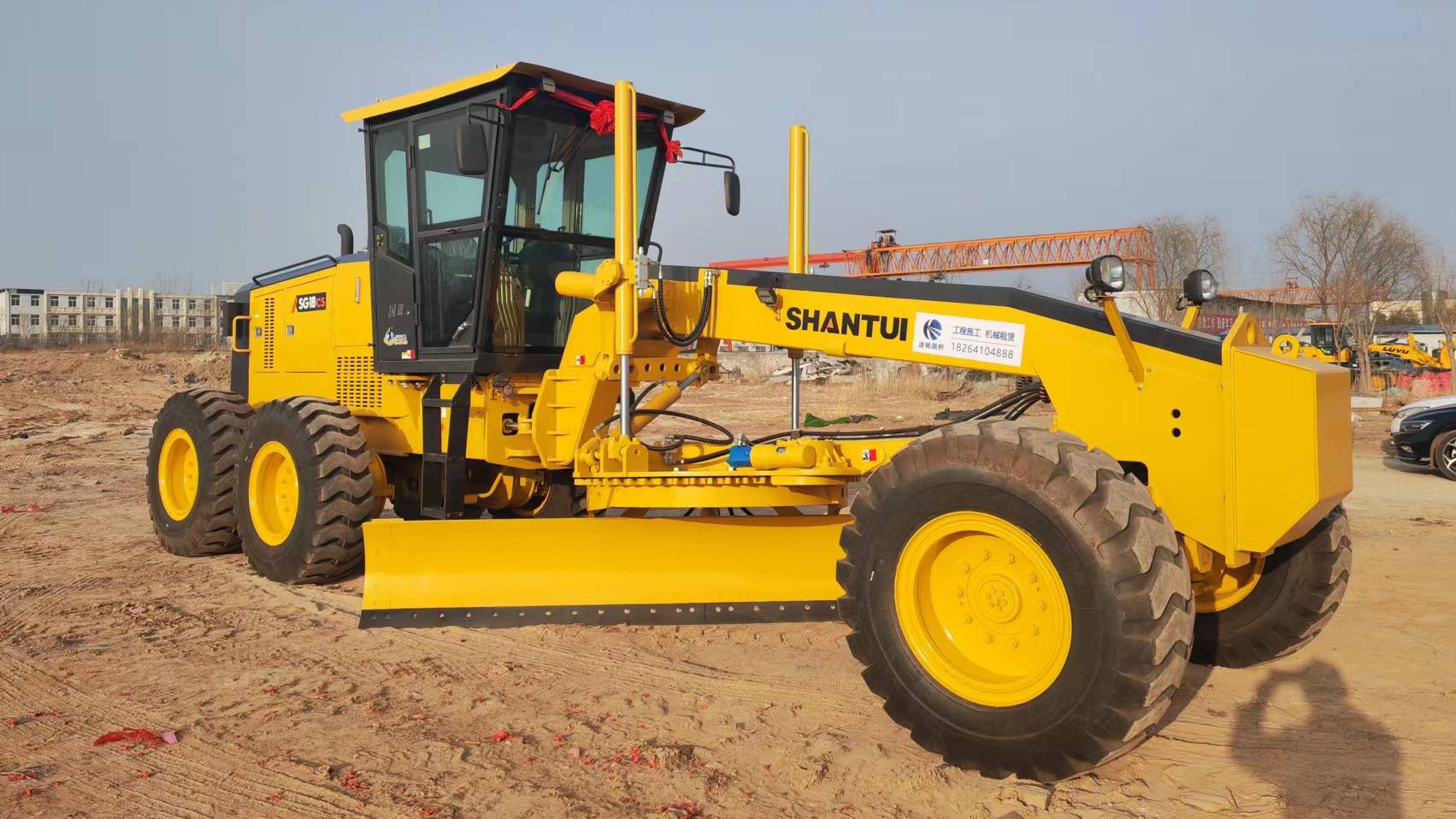
不同工況下的調節策略
Adjustment strategies under different operating conditions
路面結構差異決定深度調節的側重點。在瀝青路面再生施工中,刨土深度需精確控制在瀝青層與基層的結合面上方 5-10mm,既保證舊瀝青料完全銑刨回收,又不破壞基層完整性。以濟南地區常見的 18cm 厚瀝青路面為例,調節深度應設定為 17-18cm,配合銑刨鼓的逆向旋轉,可減少對基層的擾動。
The differences in pavement structure determine the focus of depth adjustment. In the construction of asphalt pavement recycling, the depth of soil excavation should be precisely controlled 5-10mm above the joint surface between the asphalt layer and the base layer, ensuring complete milling and recycling of old asphalt materials without damaging the integrity of the base layer. Taking the common 18cm thick asphalt pavement in Jinan area as an example, the adjustment depth should be set to 17-18cm, and with the reverse rotation of the milling drum, it can reduce the disturbance to the base layer.
路基處理作業的深度調節需結合土壤特性。砂性土路段可適當加大深度(20-25cm),利用冷再生機的拌和功能使土料與穩定劑充分混合;粘性土路段則需減小深度(15-20cm),并提高銑刨頻率,避免出現 “糊刀” 現象。當遇到路基含石塊較多的情況,深度應控制在石塊直徑的 1.5 倍以上(如石塊直徑 10cm 時,深度不小于 15cm),防止刀具卡滯。
The depth adjustment of roadbed treatment operations needs to be combined with soil characteristics. The depth of sandy soil sections can be appropriately increased (20-25cm), and the mixing function of cold regeneration can be utilized to fully mix the soil material with stabilizers; For sections with sticky soil, it is necessary to reduce the depth (15-20cm) and increase the milling frequency to avoid the phenomenon of "sticking knives". When encountering situations where the roadbed contains a lot of stones, the depth should be controlled at 1.5 times or more the diameter of the stones (such as when the diameter of the stones is 10cm, the depth should not be less than 15cm) to prevent tool jamming.
特殊路段的深度調節需靈活應變。橋頭搭板區域的刨土深度應從橋臺向路面漸變(從 5cm 逐步增至設計值),避免形成臺階式切削;彎道處需適當減小深度(比直線路段減少 10%-15%),降低離心力對設備穩定性的影響。雨天作業時,因土壤含水率升高,深度需比晴天減少 5-8mm,防止銑刨料過濕導致拌和不均。
The depth adjustment of special road sections needs to be flexible and adaptable. The depth of soil excavation in the bridge deck area should gradually increase from 5cm towards the road surface, avoiding the formation of stepped cutting; At bends, the depth should be appropriately reduced (by 10% -15% compared to straight sections) to minimize the impact of centrifugal force on equipment stability. When working on rainy days, due to the increase in soil moisture content, the depth needs to be reduced by 5-8mm compared to sunny days to prevent uneven mixing caused by excessively wet milling materials.
本文由冷再生機租賃友情奉獻.更多有關的知識請點擊:http://www.dj1688.cn真誠的態度.為您提供為全面的服務.更多有關的知識我們將會陸續向大家奉獻.敬請期待.
This article is a friendly contribution from Cold Recycling Machine Rental For more information, please click: http://www.dj1688.cn Sincere attitude To provide you with comprehensive services We will gradually contribute more relevant knowledge to everyone Coming soon.


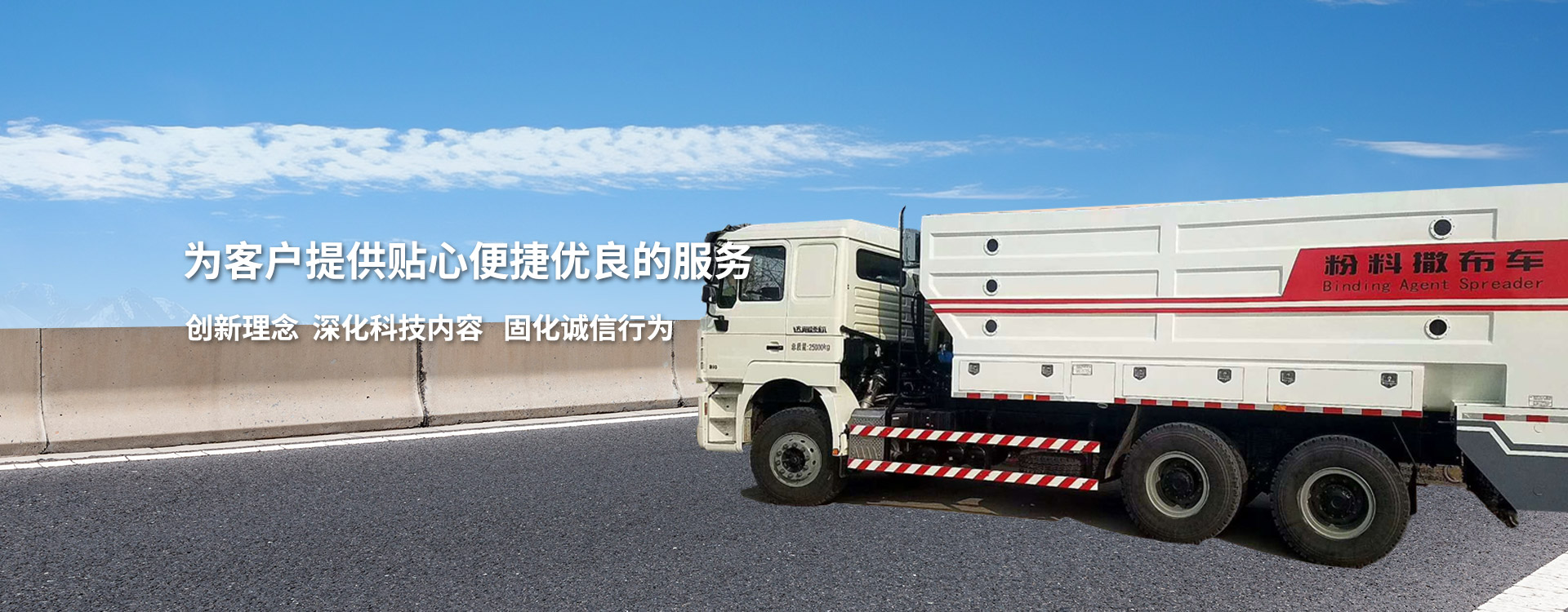
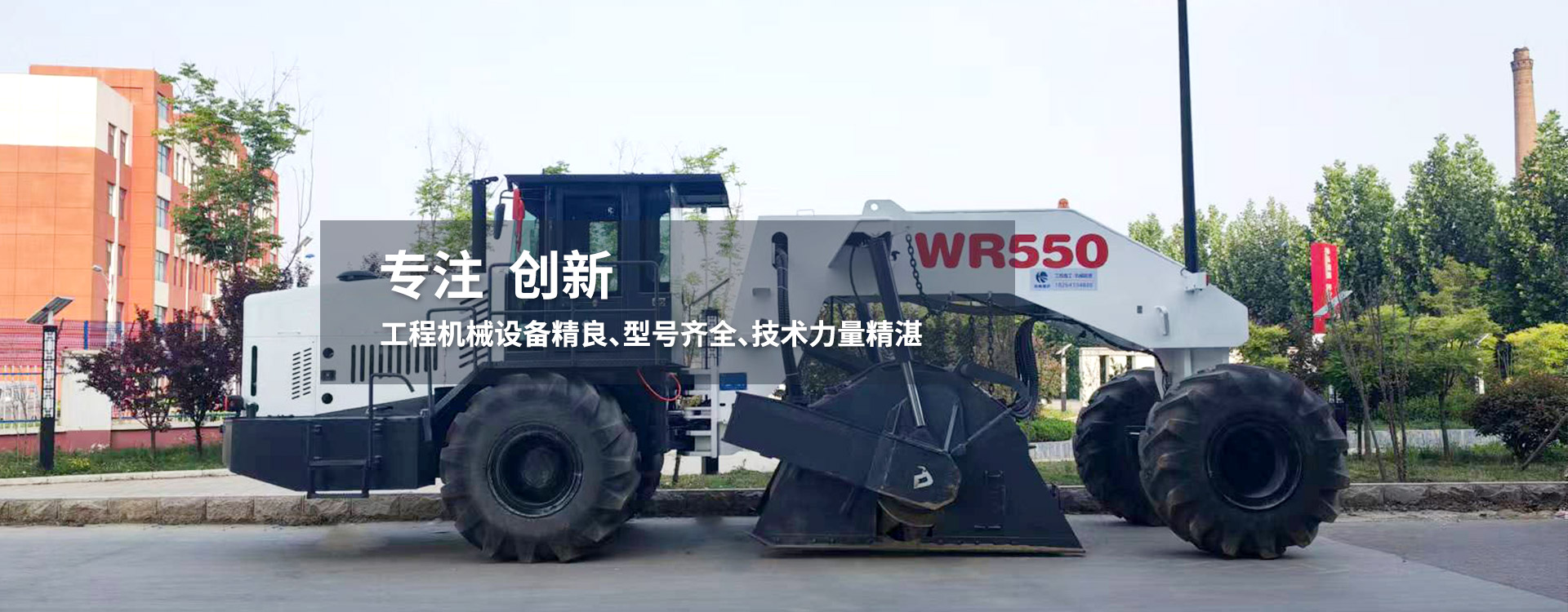
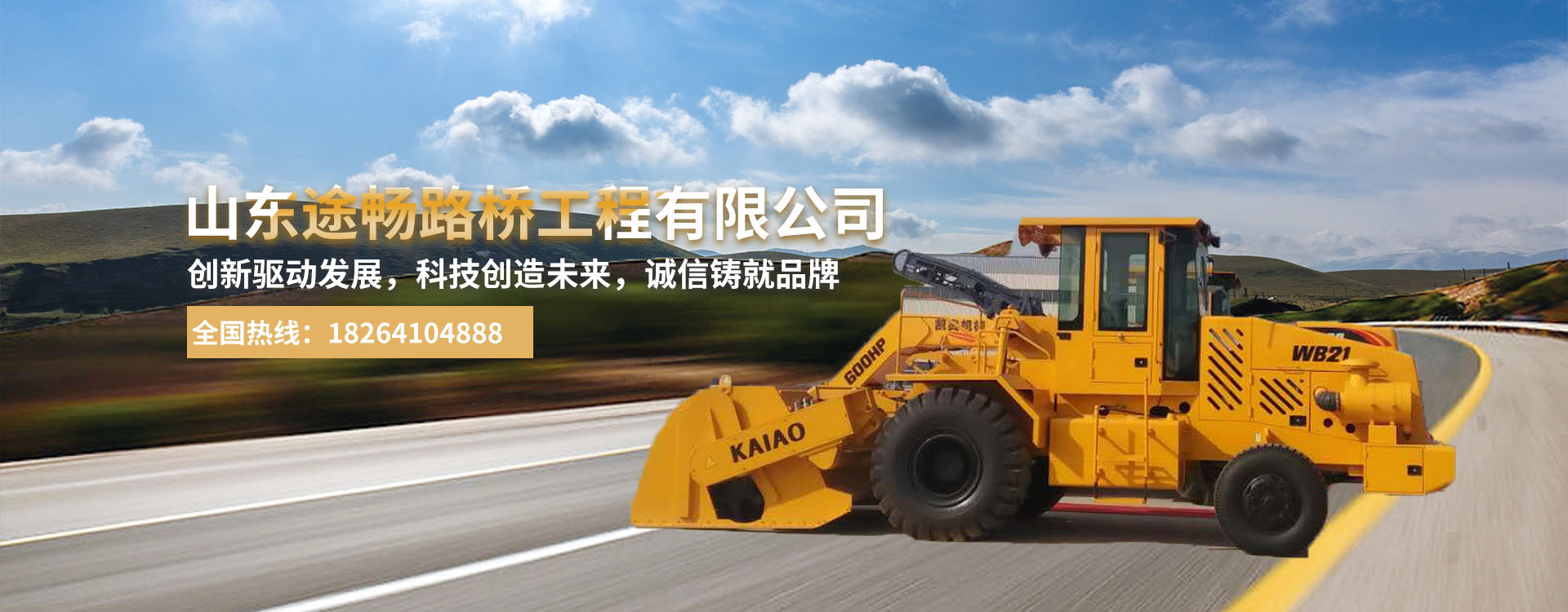
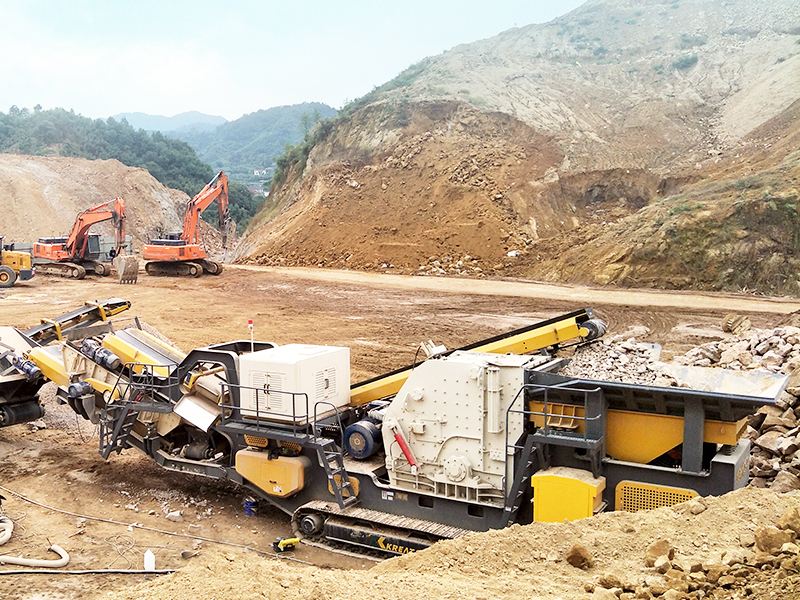
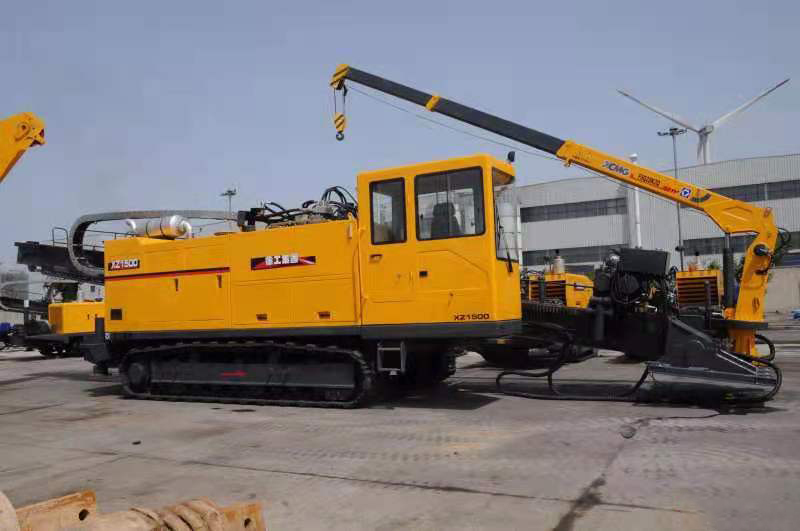
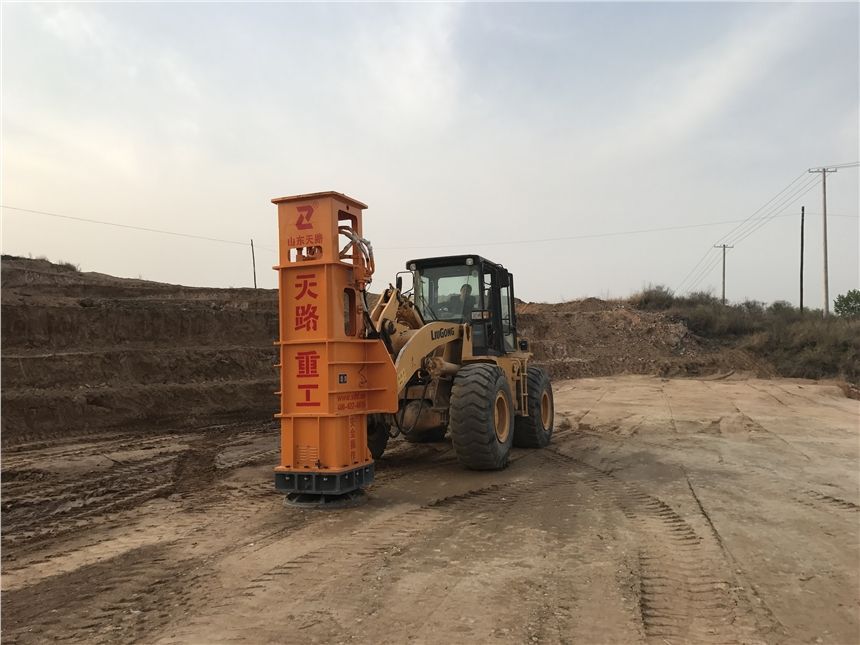
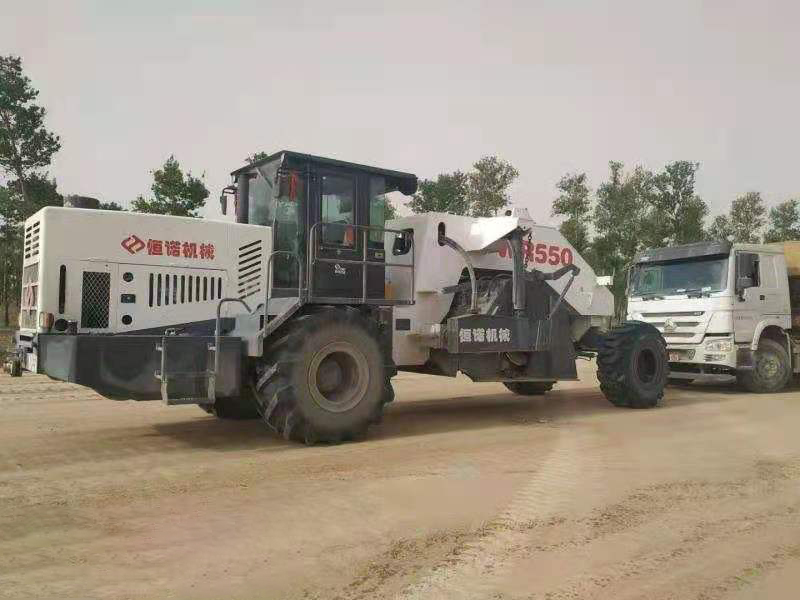
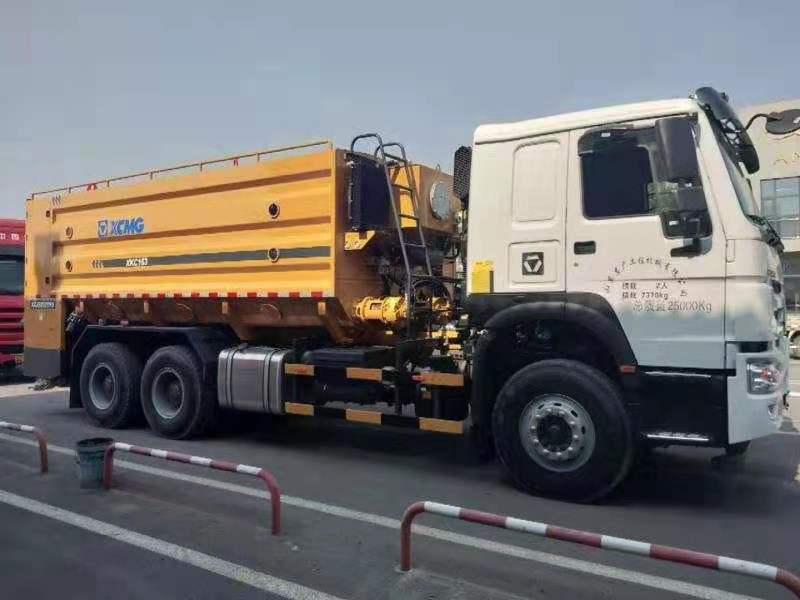
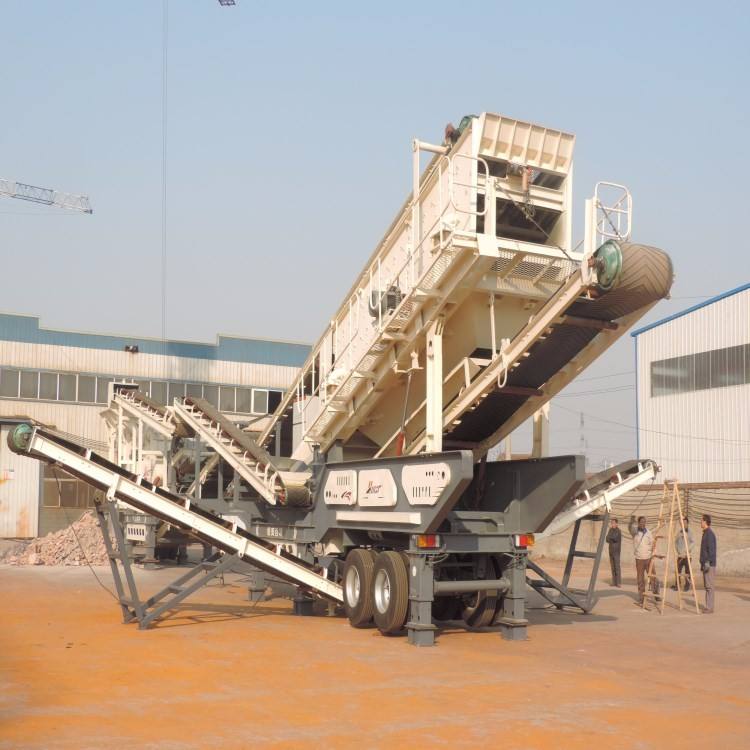
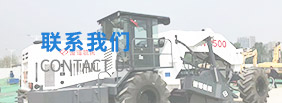
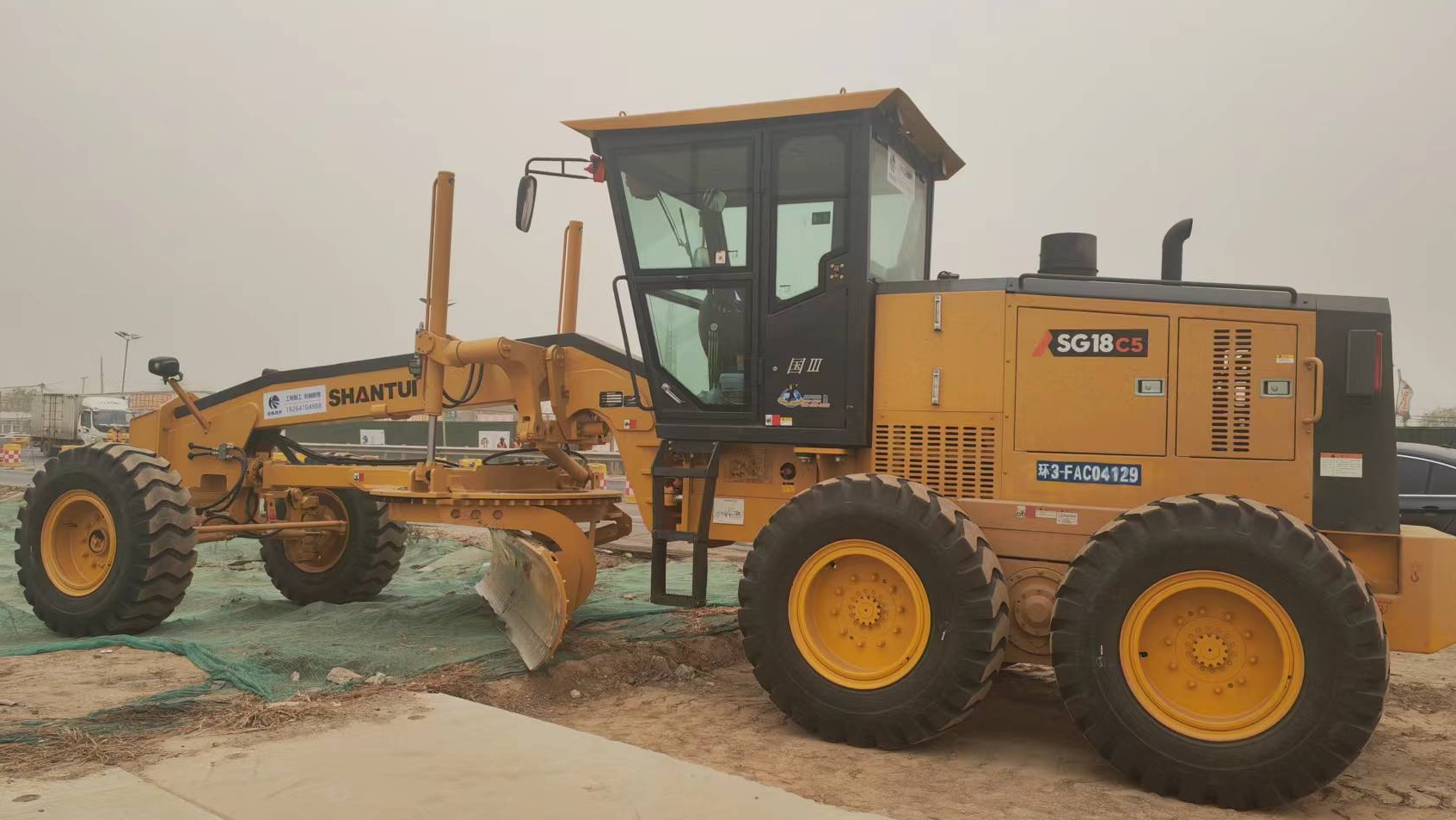
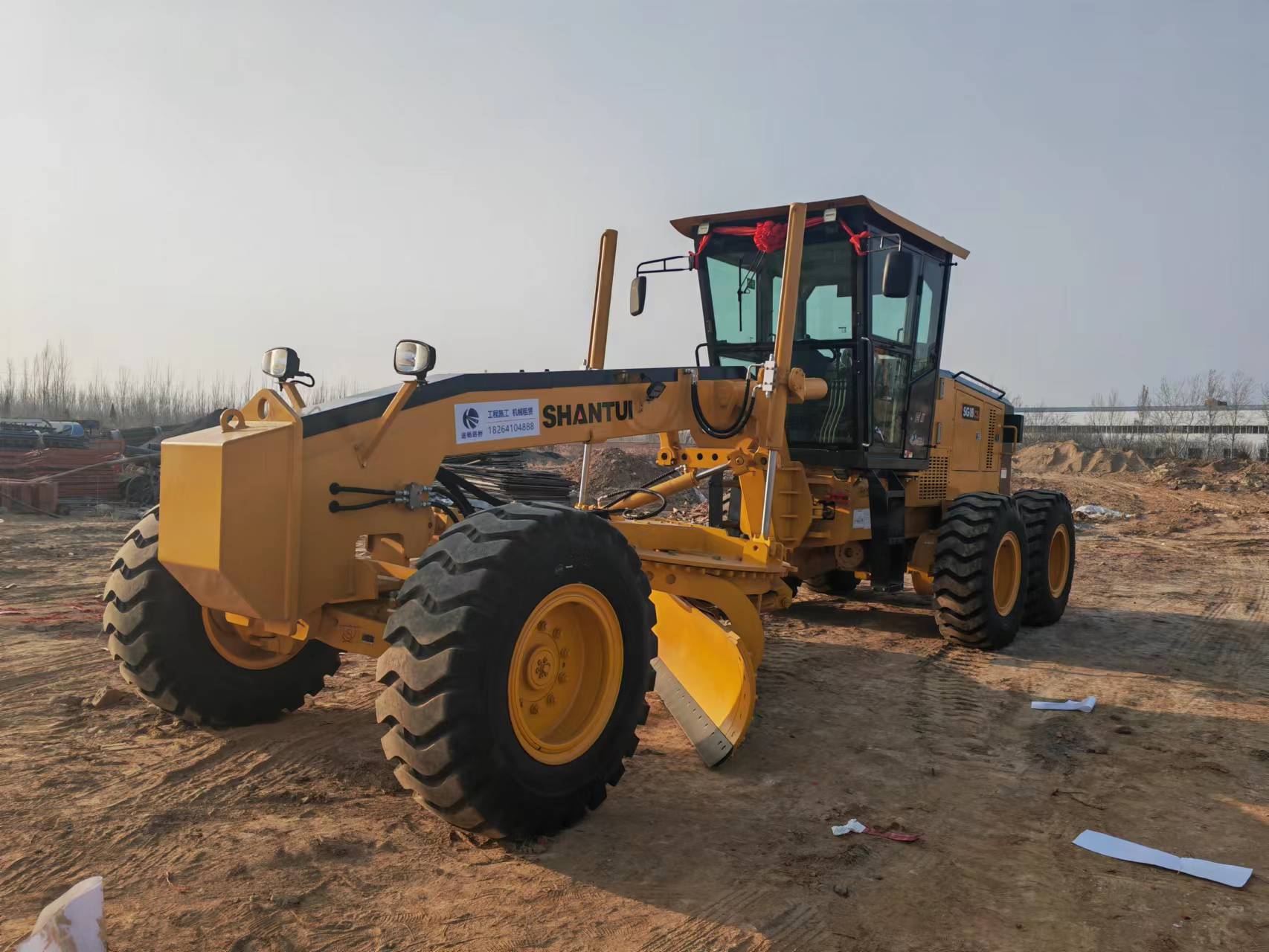
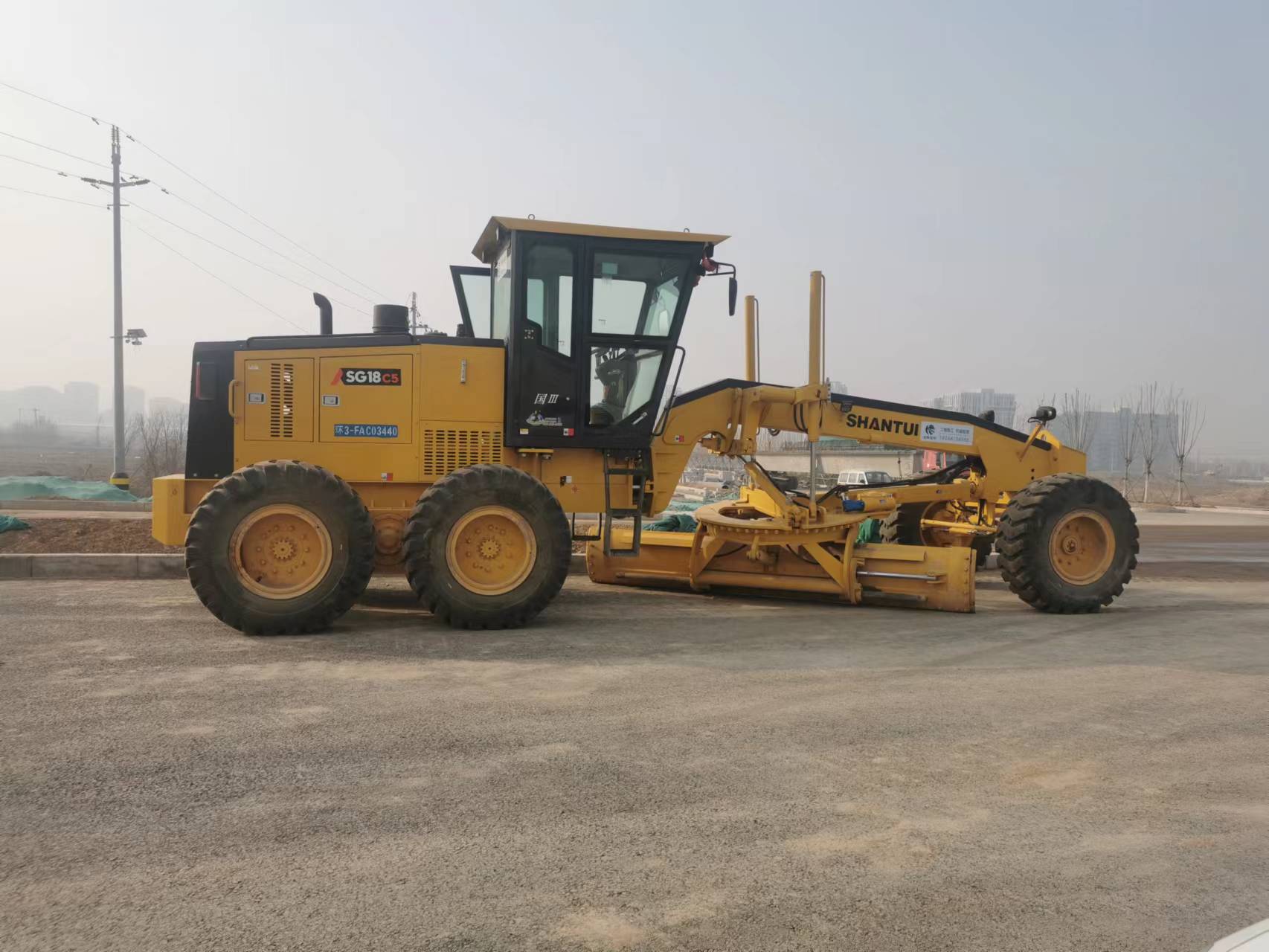
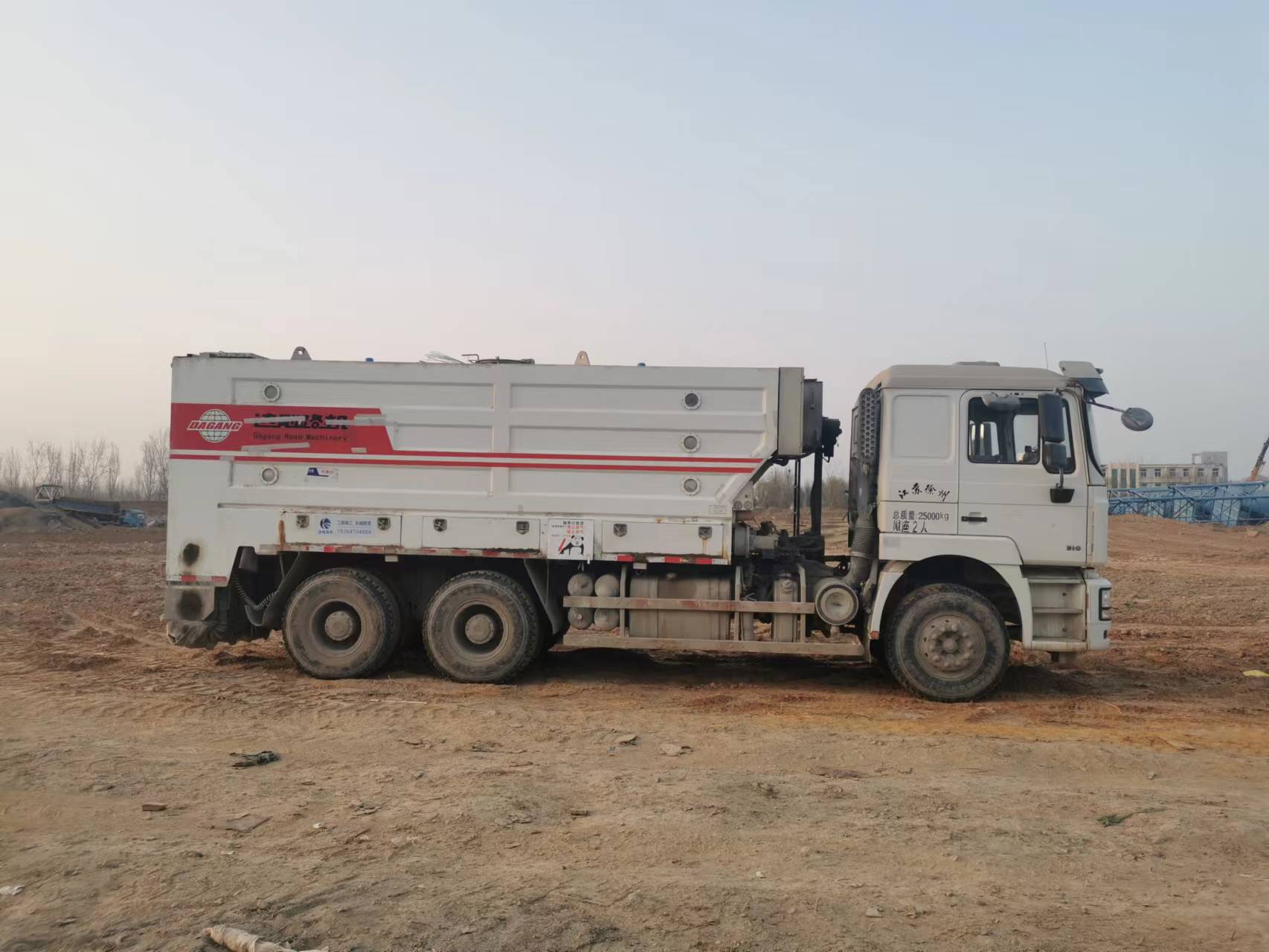
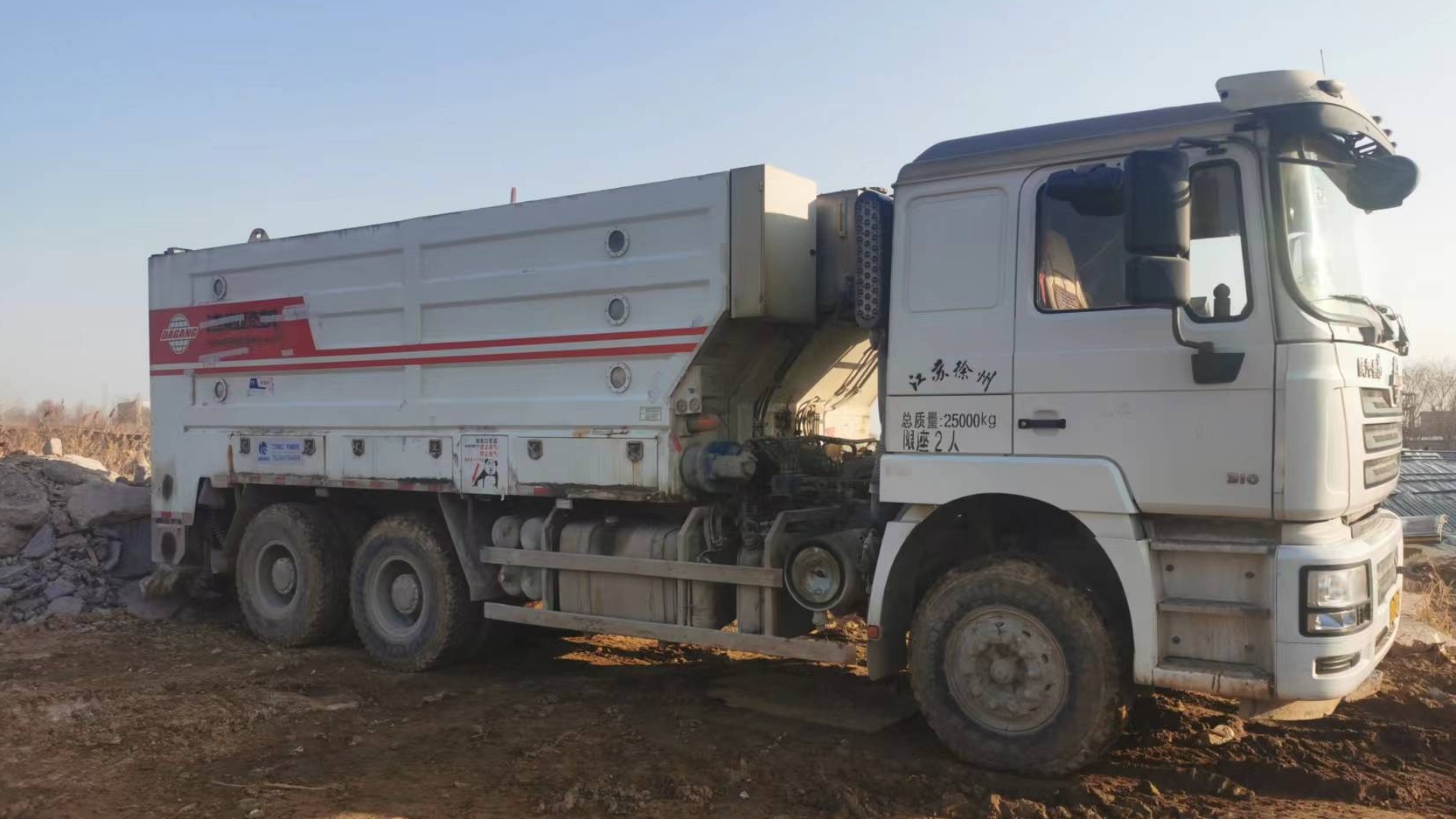
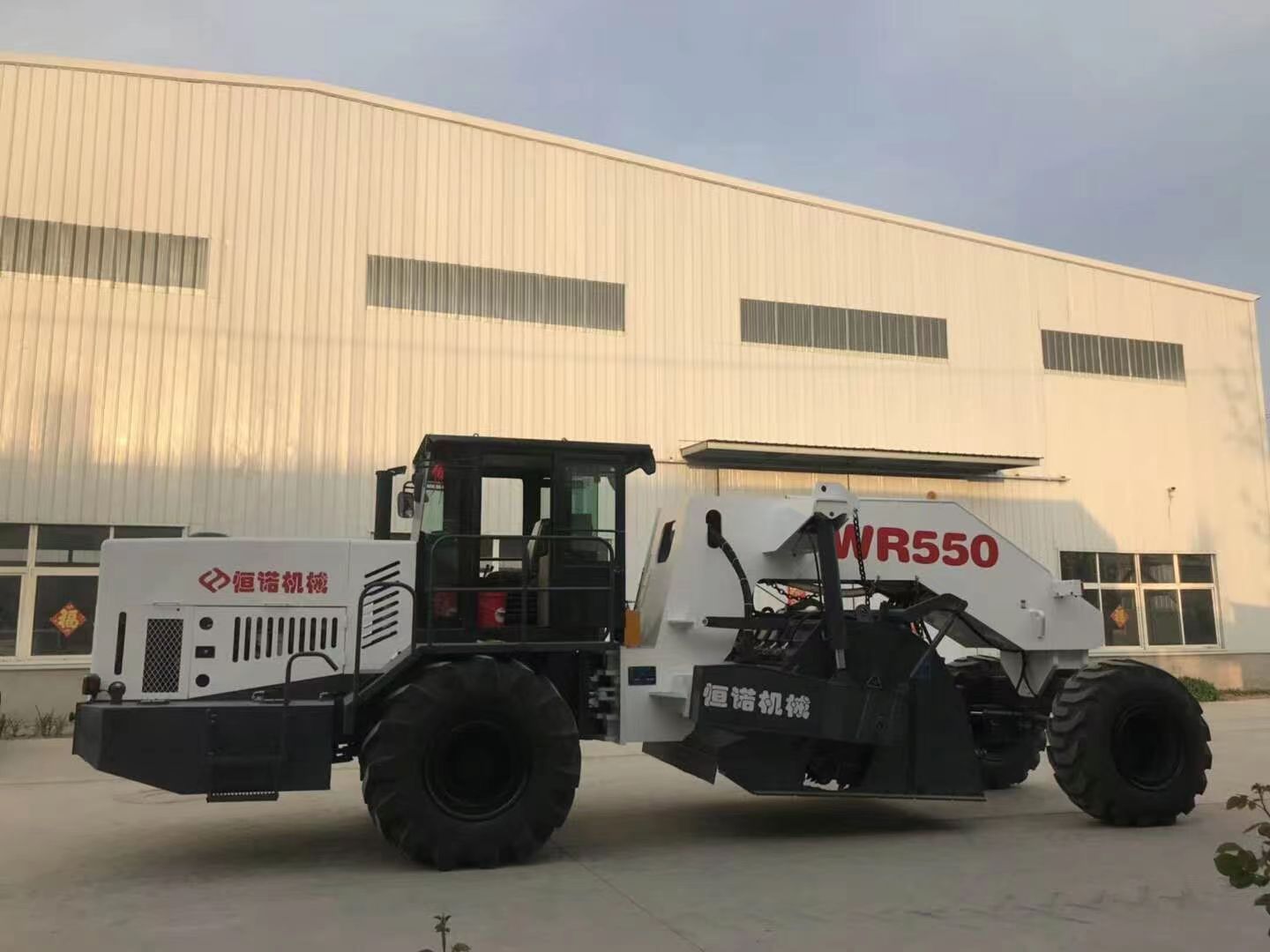
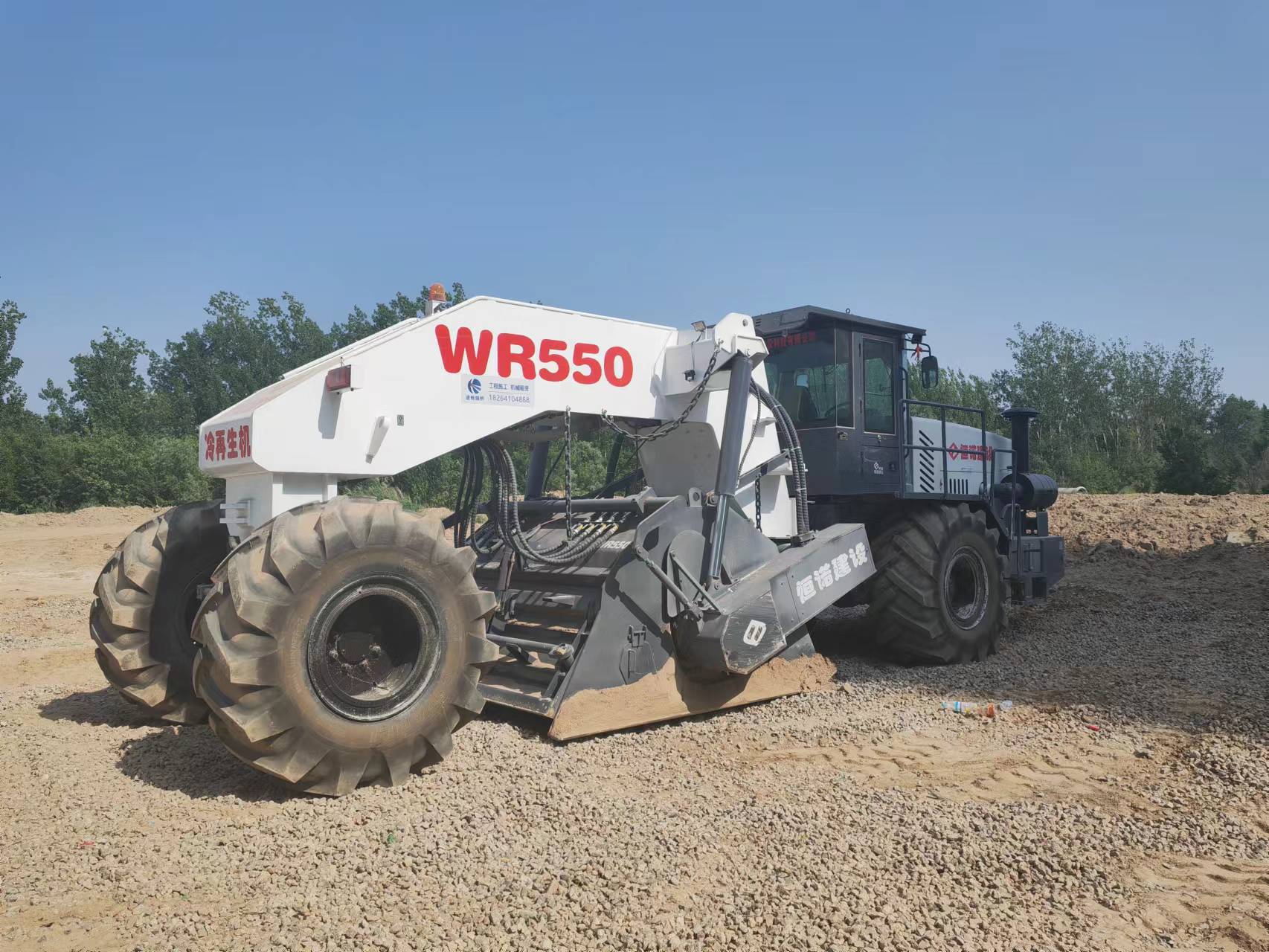
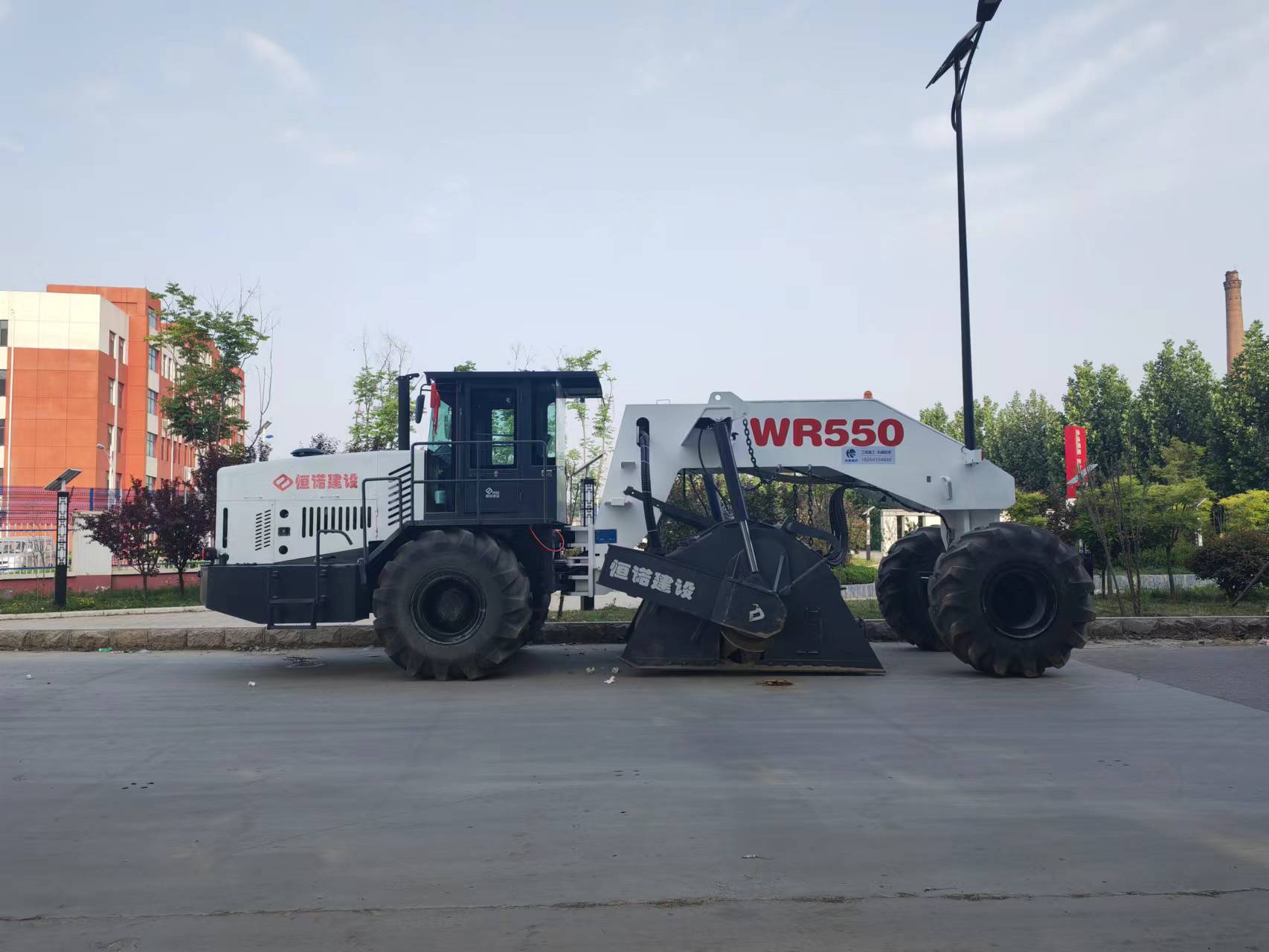
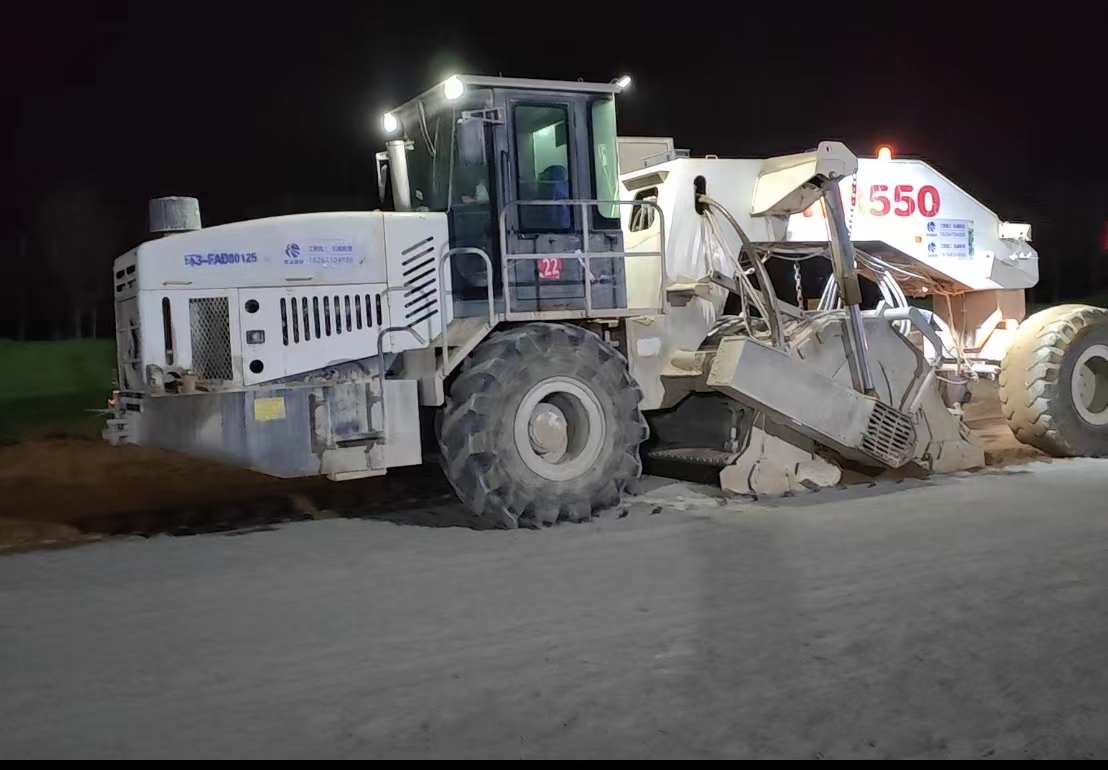
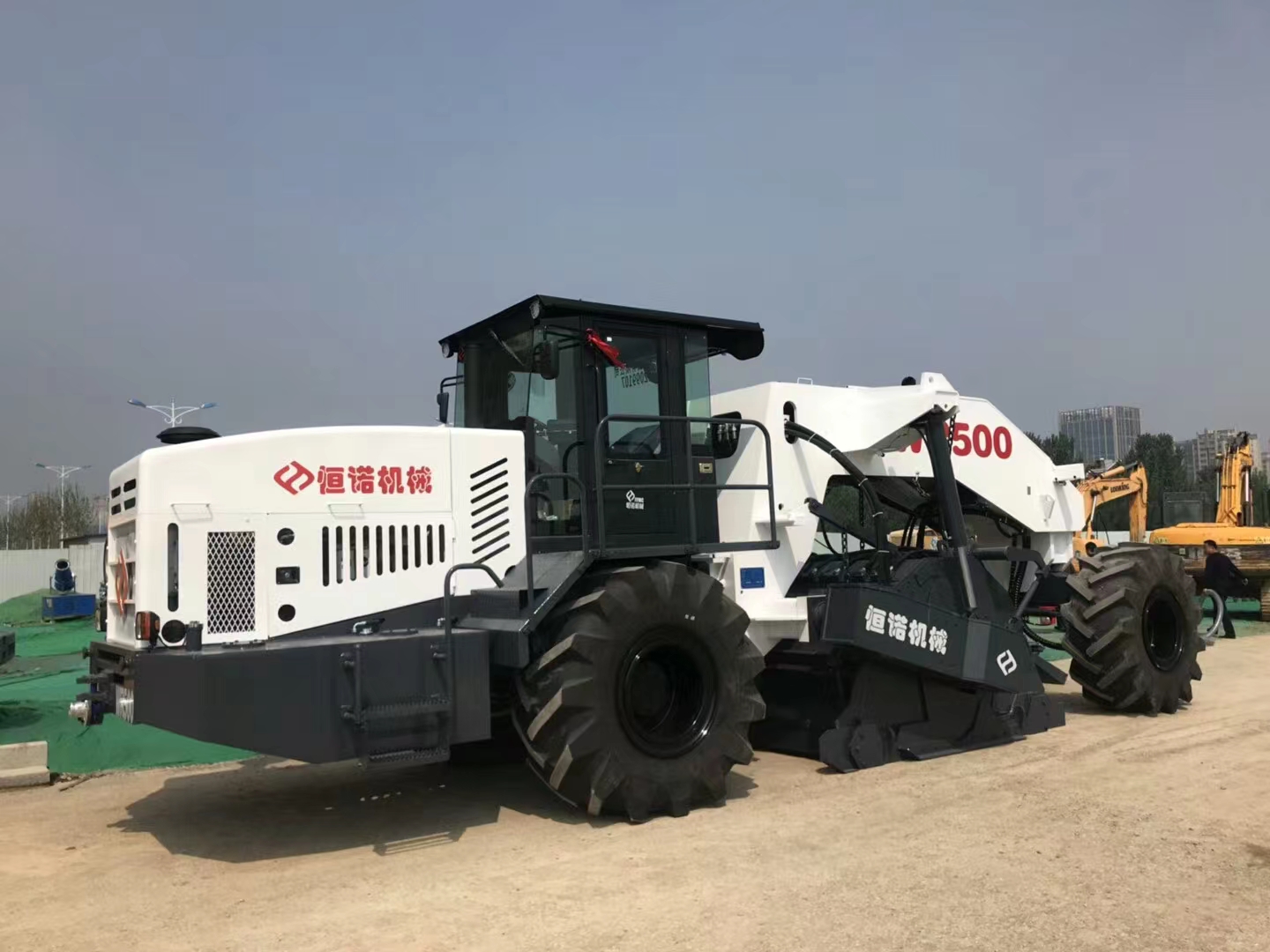
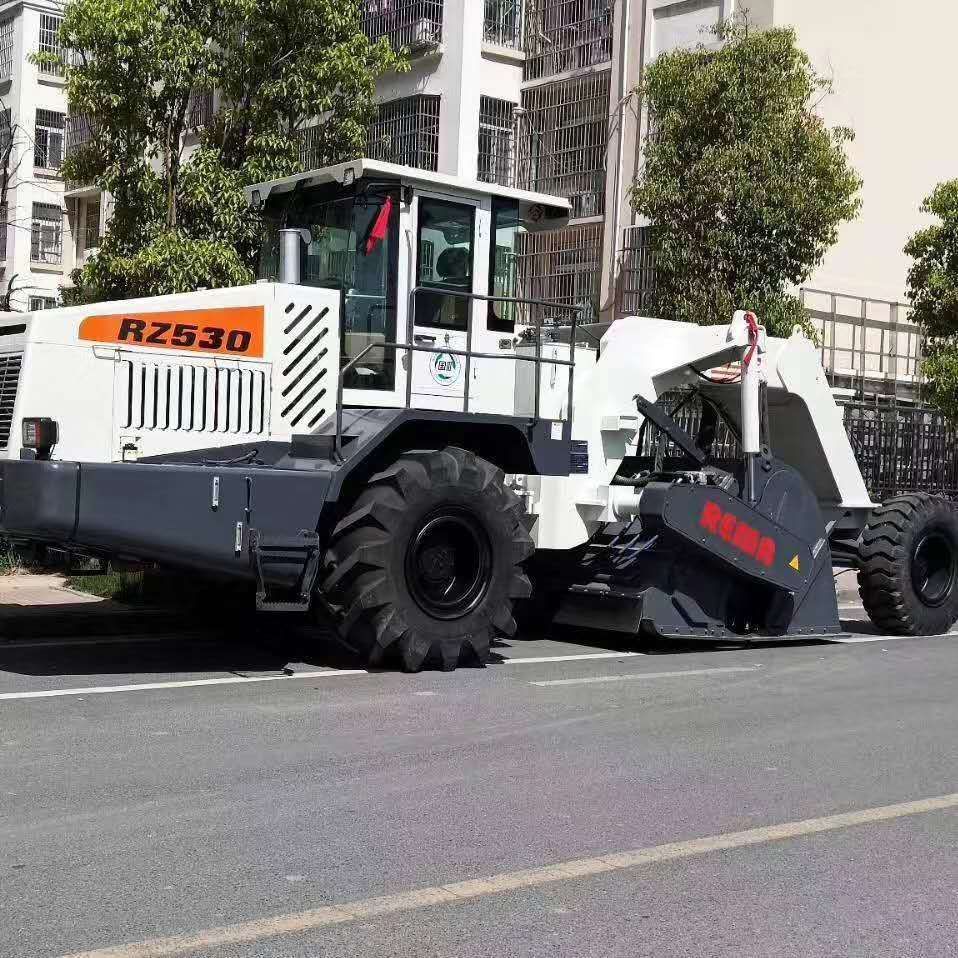
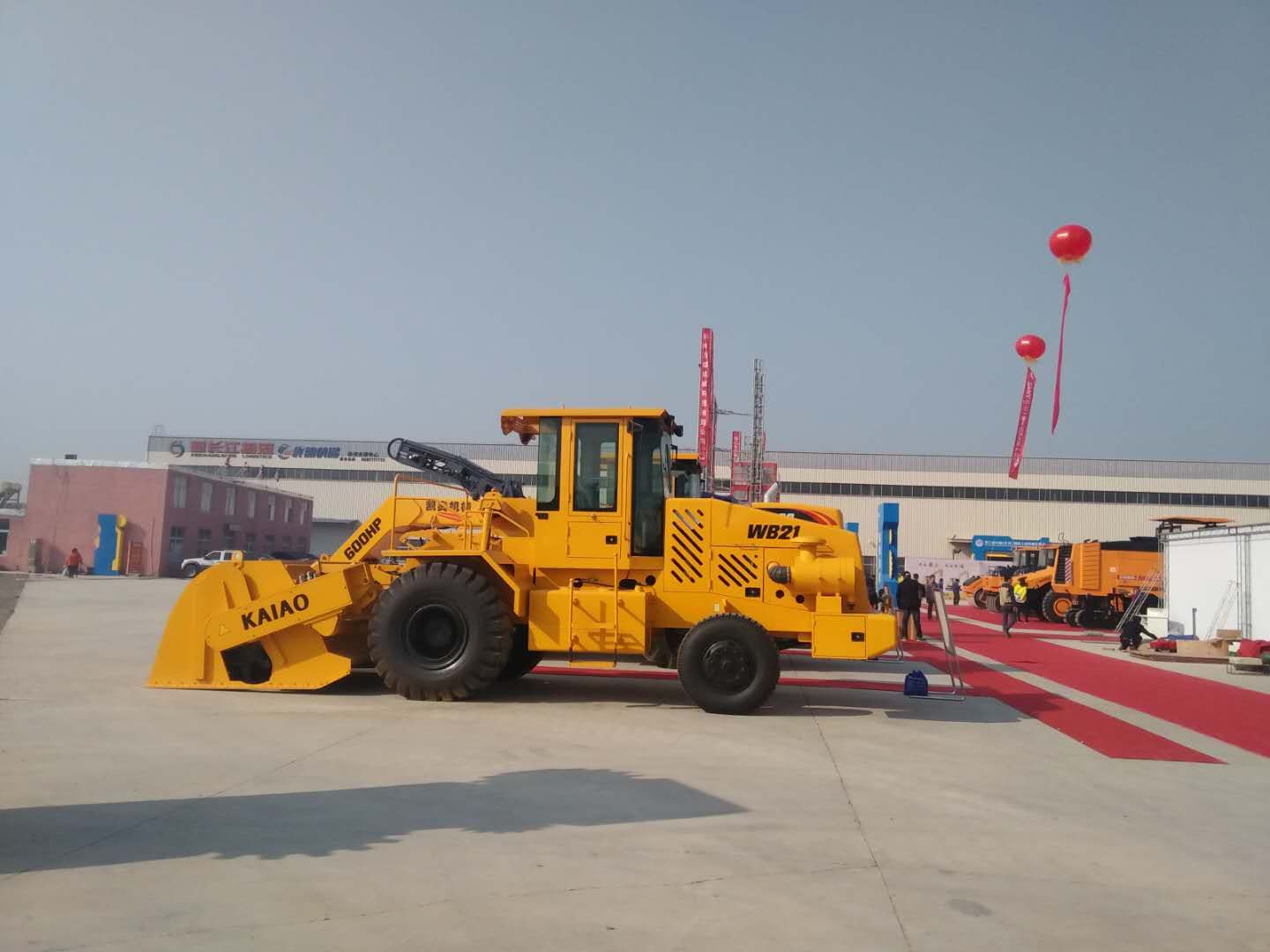
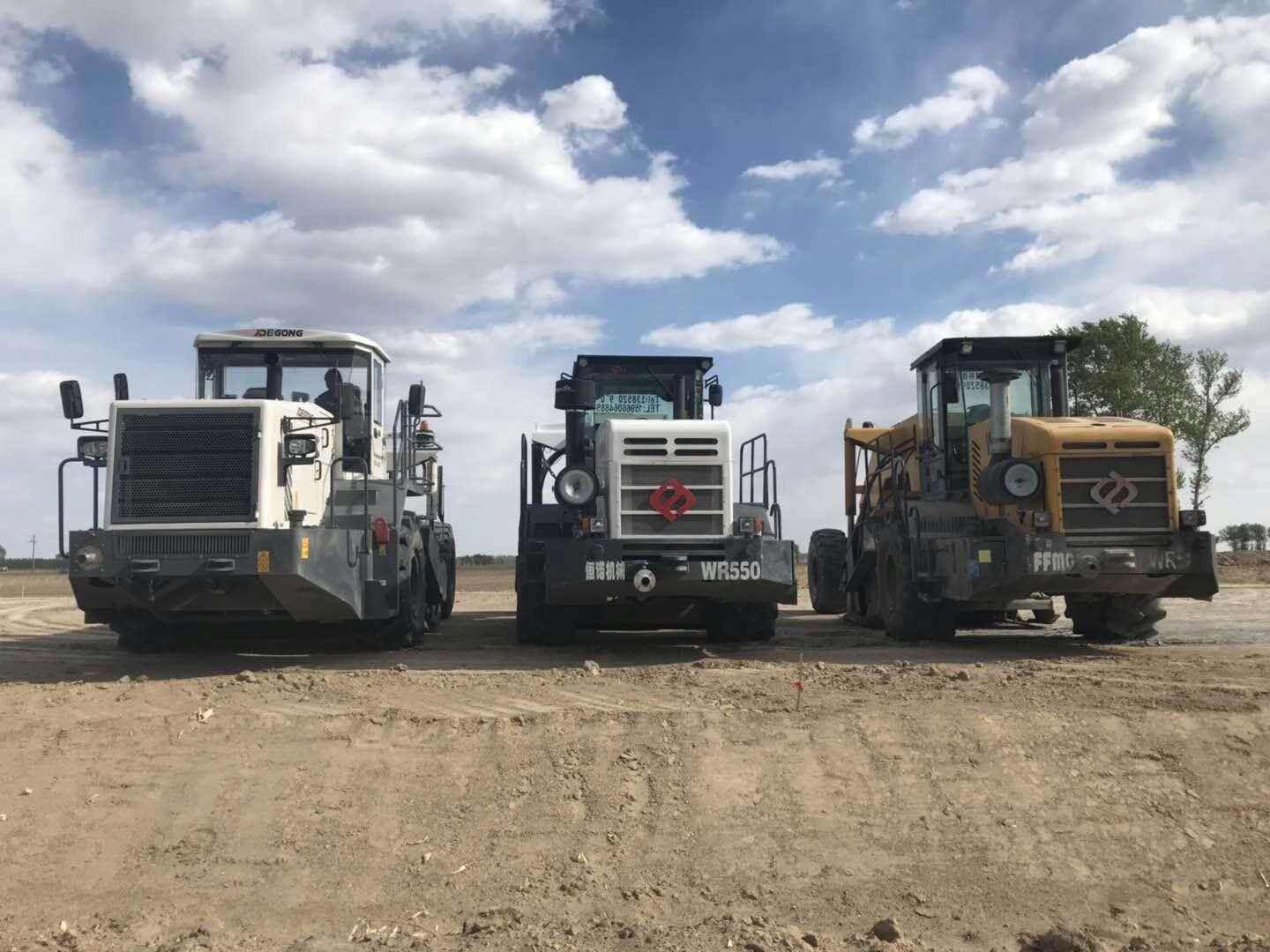
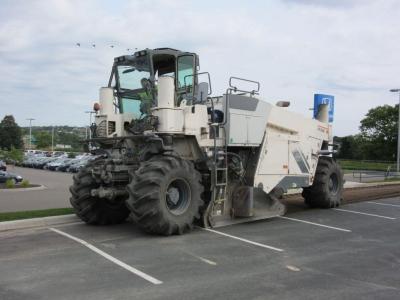
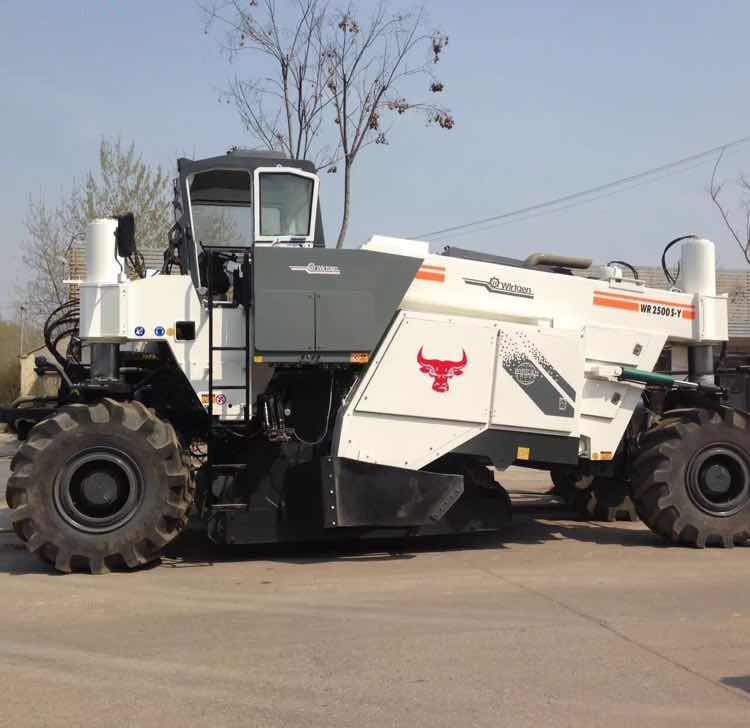
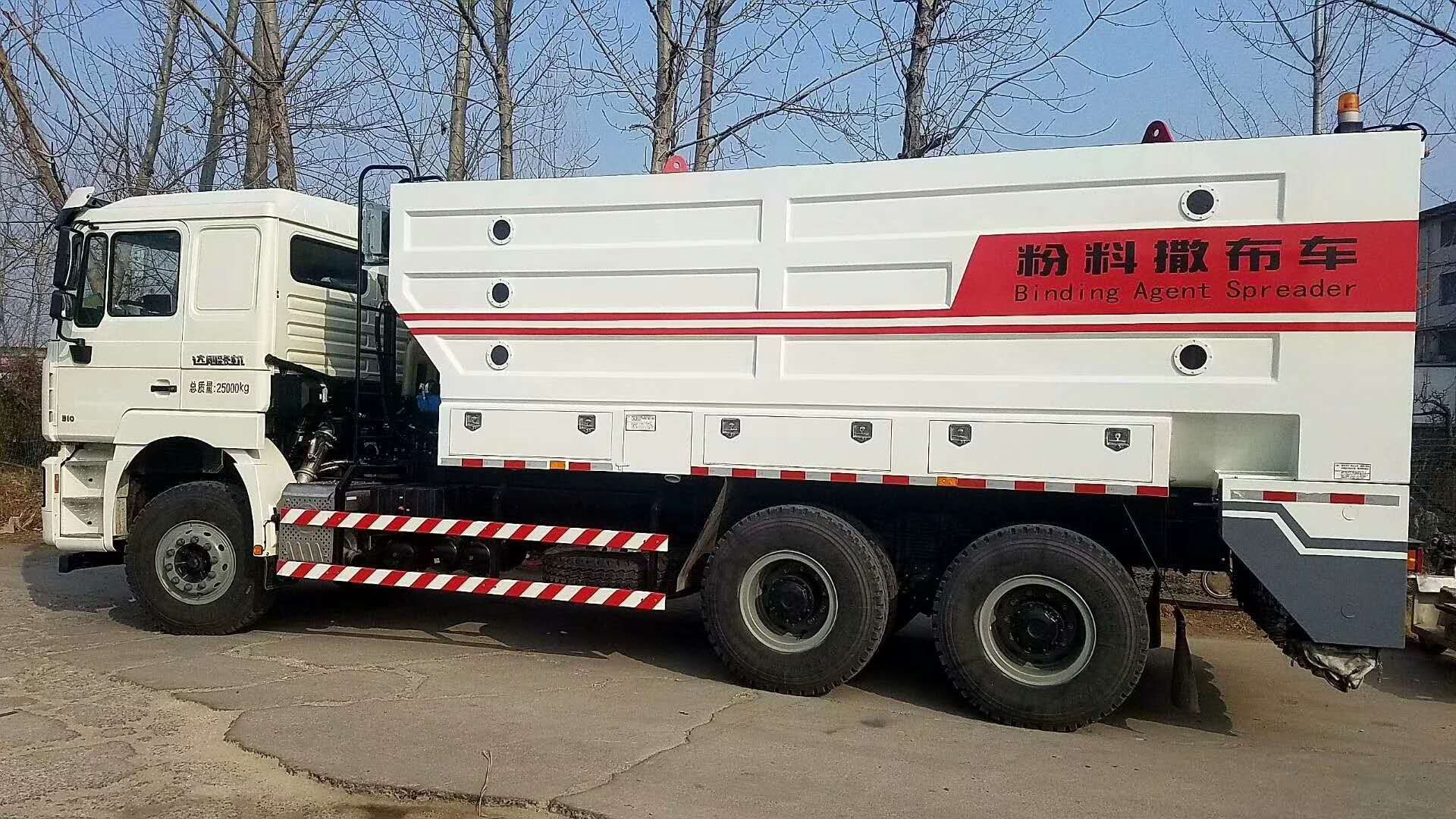
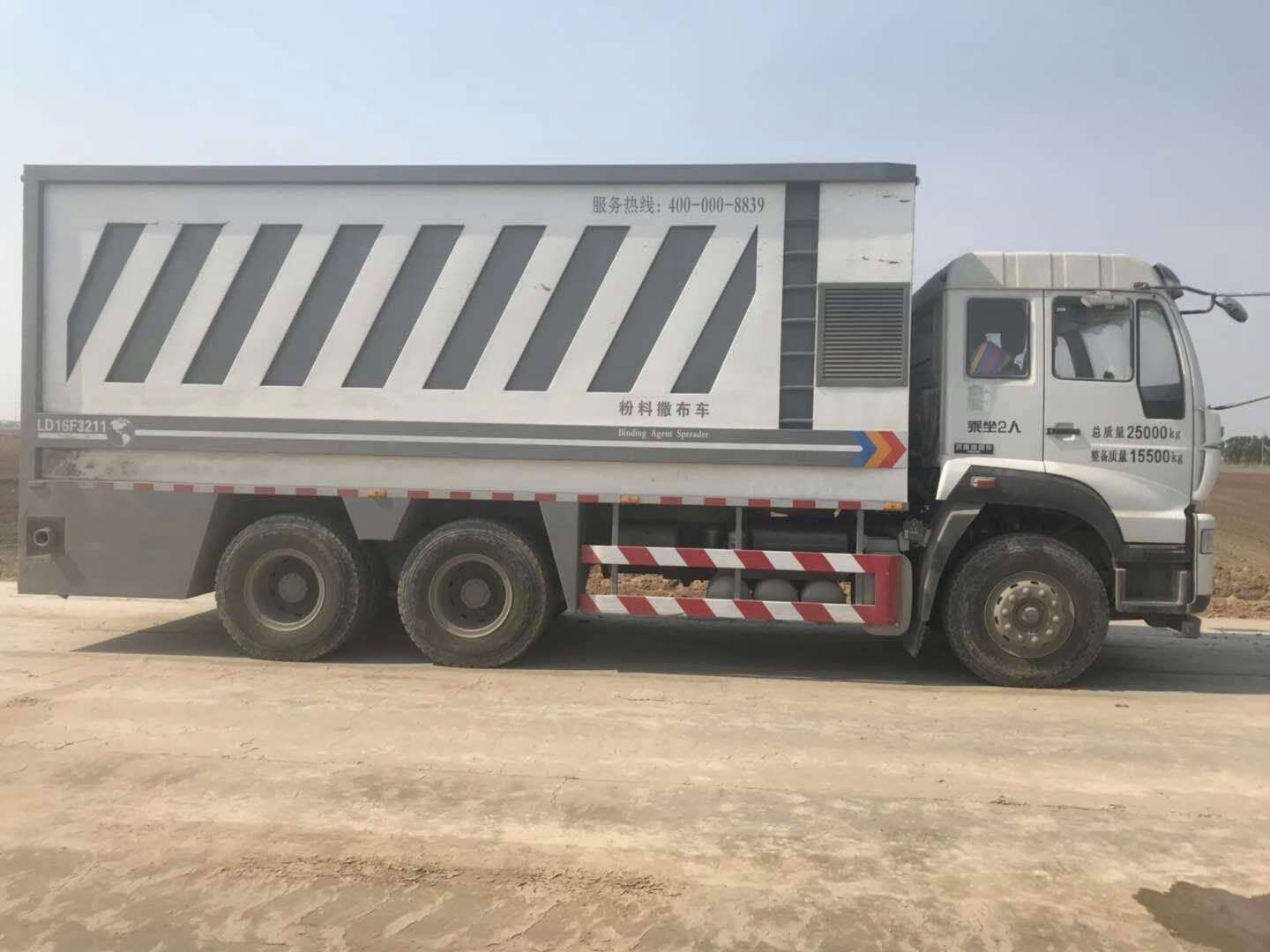
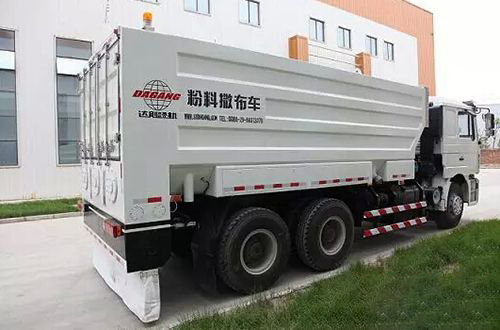
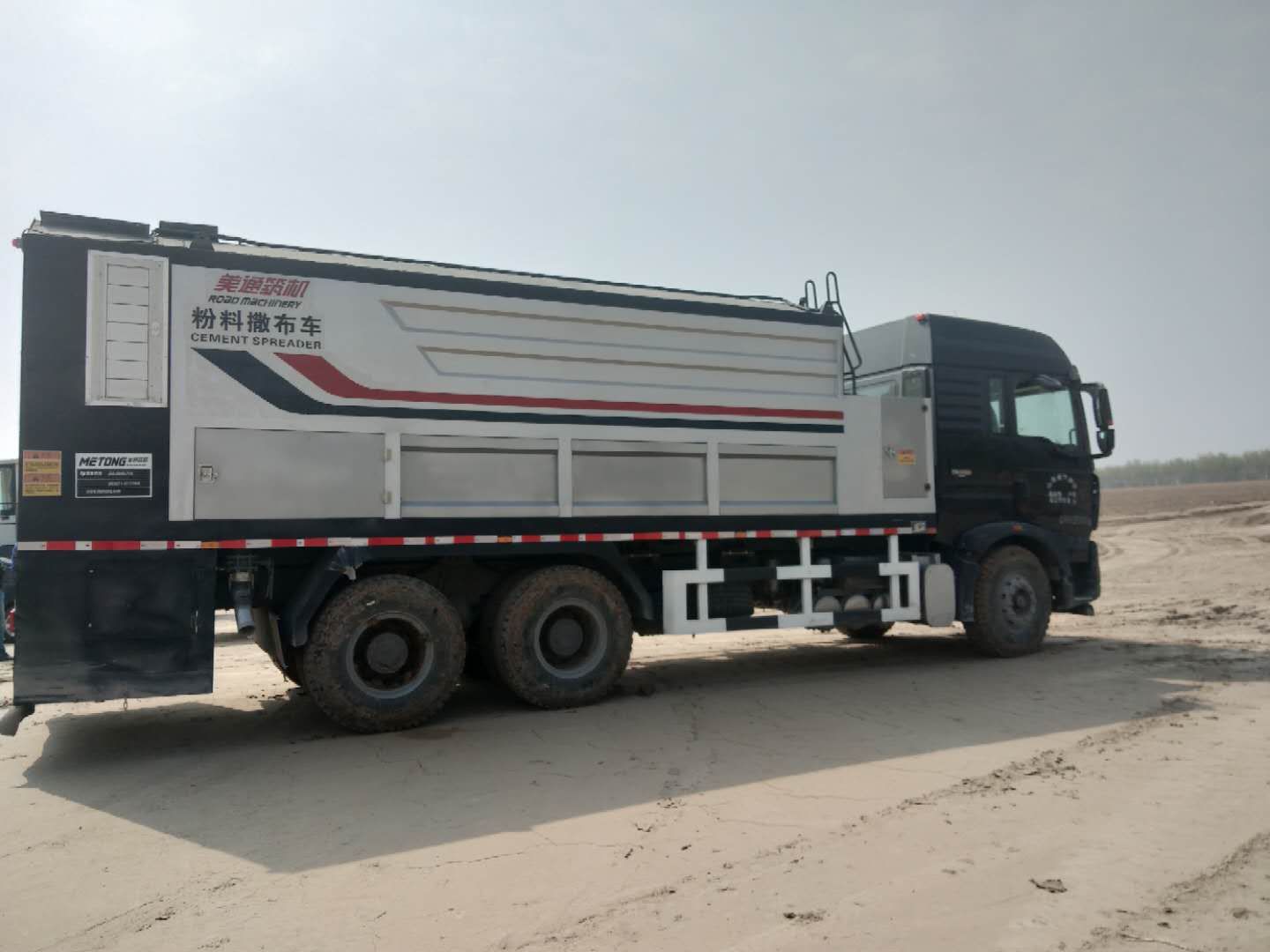
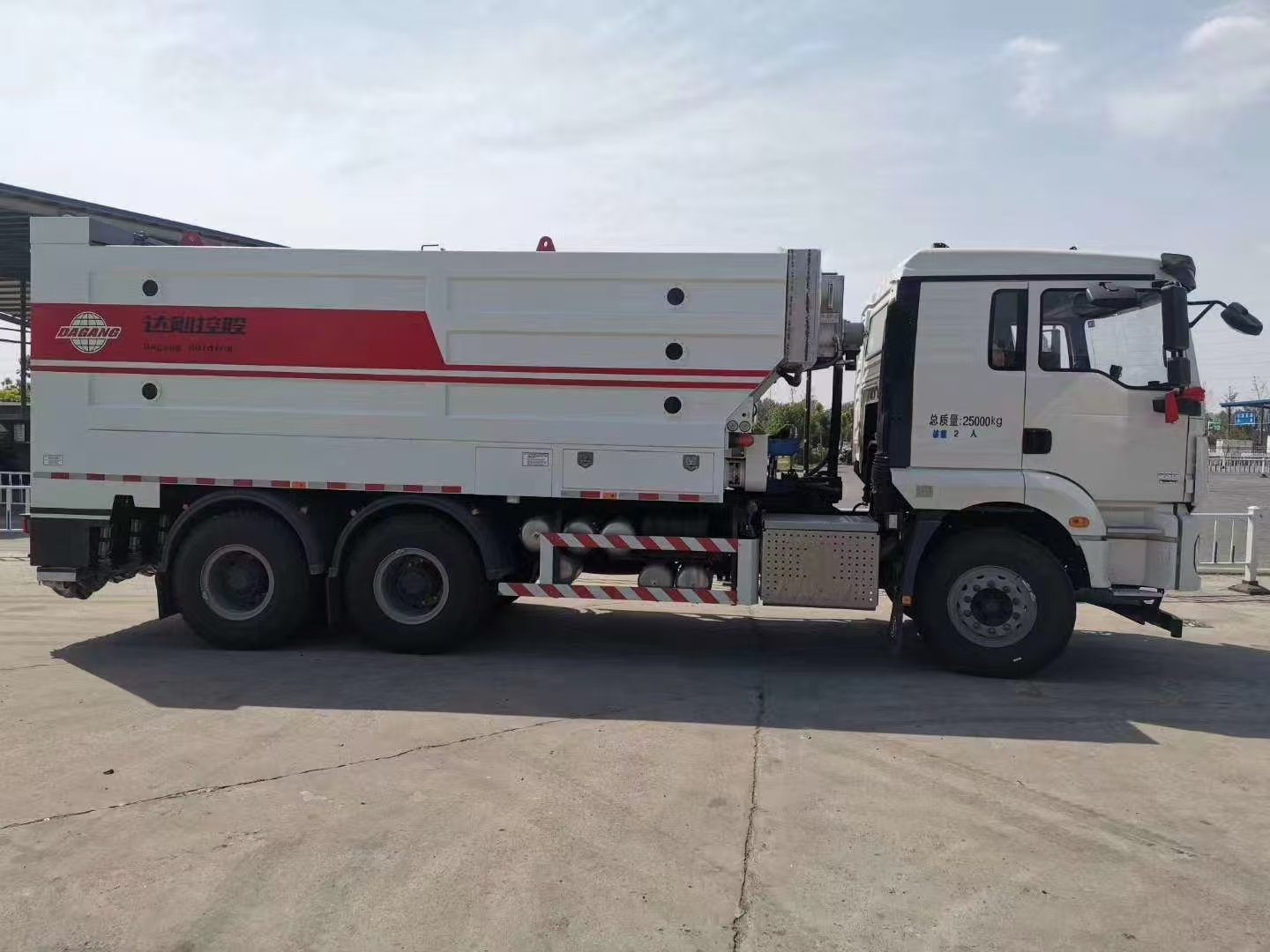
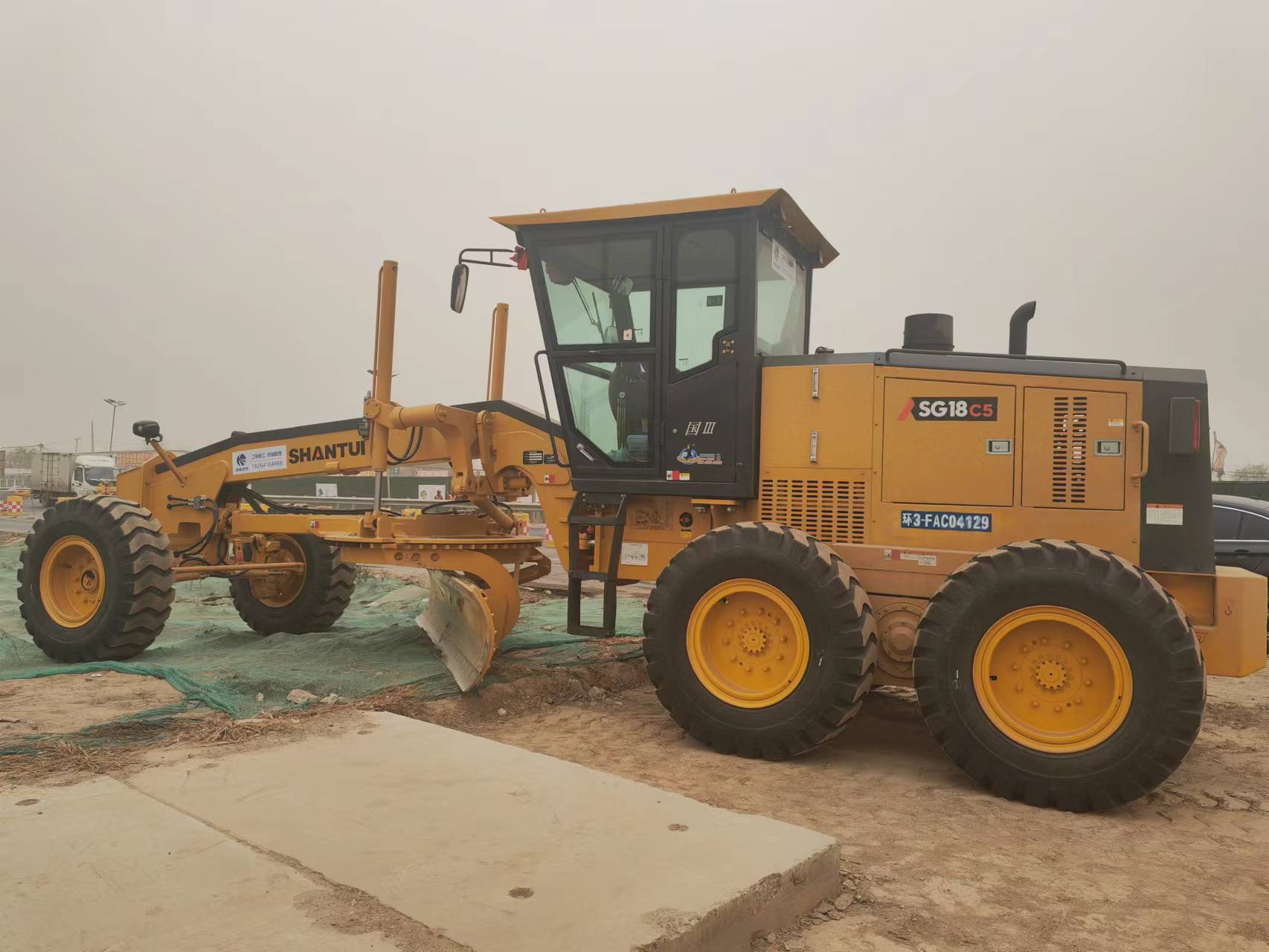




 公司地址:濟南市槐蔭區經一路273號群盛華城2號樓1-404
公司地址:濟南市槐蔭區經一路273號群盛華城2號樓1-404 公司名稱:山東途暢路橋工程有限公司
公司名稱:山東途暢路橋工程有限公司  備案號:
備案號: